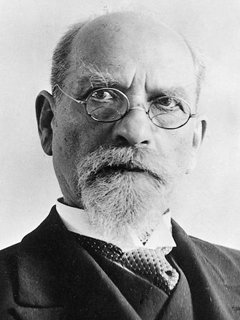
Publication details
Publisher: Springer
Place: Berlin
Year: 2017
Pages: 21-34
Series: Phaenomenologica
ISBN (Undefined): 9783319553382
Full citation:
, "Percept, feeling, pragma", in: Perception, affectivity, and volition in Husserl's phenomenology, Berlin, Springer, 2017


Percept, feeling, pragma
some static and genetic connections
pp. 21-34
in: Roberto Walton, Shigeru Taguchi, Roberto Rubio (eds), Perception, affectivity, and volition in Husserl's phenomenology, Berlin, Springer, 2017Abstract
In this chapter, the author seeks to examine some connections among the noematic correlates of perception, affectivity and willing by focusing on the transition from static to genetic egological analyses as developed by Husserl. From the static point of view two features stand out: the structural parallelism among the three kinds of acts, and the one-sided foundation of feeling and volition on perception. The structure of the living present disclosed by genetic analyses puts into relief both the originary interplay of the lowermost hyletic components, which calls for a many-sided or reciprocal foundation, and the rooting of perception and willing in feeling.
Cited authors
Publication details
Publisher: Springer
Place: Berlin
Year: 2017
Pages: 21-34
Series: Phaenomenologica
ISBN (Undefined): 9783319553382
Full citation:
, "Percept, feeling, pragma", in: Perception, affectivity, and volition in Husserl's phenomenology, Berlin, Springer, 2017

